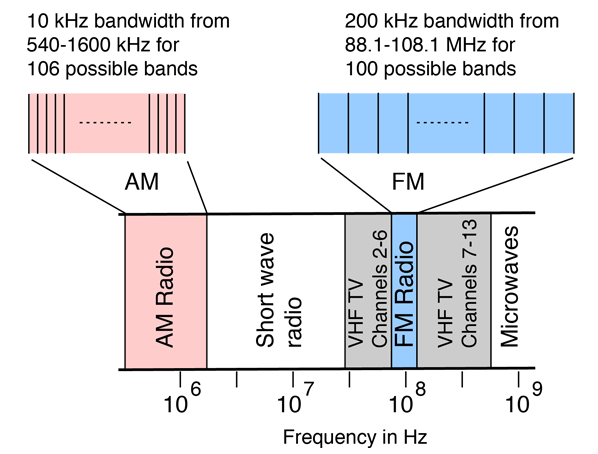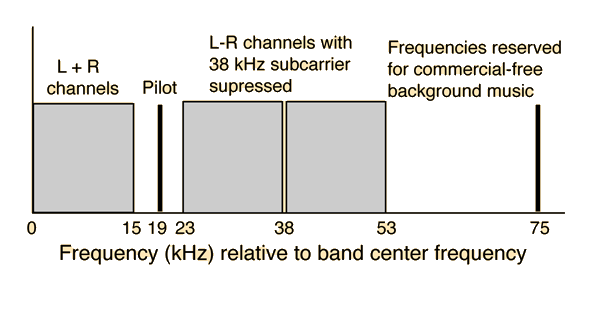Heterodyne Principle
Heterodyning is a method for transferring a broadcast signal from its carrier to a fixed local intermediate frequency in the receiver so that most of the receiver does not have to be retuned when you change channels. The interference of any two waves will produce a beat frequency, and this technique provides for the tuning of a radio by forcing it to produce a specific beat frequency called the "intermediate frequency" or IF. Heterodyning is used in the AM radio receiver and played a big part in making AM radio practical for mass communication.

An electromagnetic carrier wave which is carrying a signal by means of amplitude modulation or frequency modulation can transfer that signal to a carrier of different frequency by means of heterodyning. This transfer is accomplished by mixing the original modulated carrier with a sine wave of another frequency. This process produces a beat frequency equal to the difference between the frequencies, and this difference frequency constitutes a third carrier which will be modulated by the original signal.
Heterodyning is extremely important in radio transmission -- in fact, the development of heterodyning schemes was one of the major developments which led to mass communication by radio. By fixing the beat frequency between the incoming carrier and the local oscillator to a fixed intermediate frequency (IF), most of a radio receiver can be constructed so that it can be used by any incoming radio signal. When the input radio frequency amplifier is tuned to the station's carrier frequency, the local oscillator is tuned along with it to produce a beat frequency equal to the fixed IF frequency. We now take for granted that one radio receiver can be tuned to any of the locally broadcast radio stations, but if it were not for heterodyning, you would have to have one receiver for each broadcast station.
|


